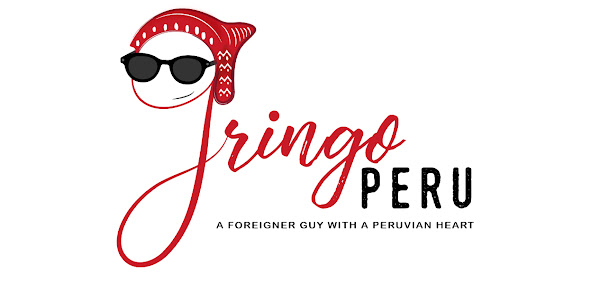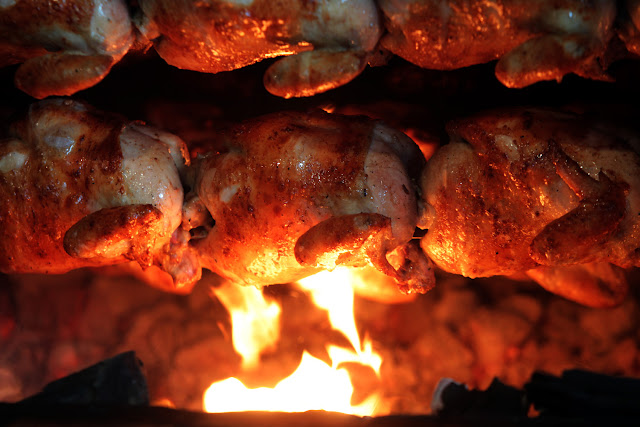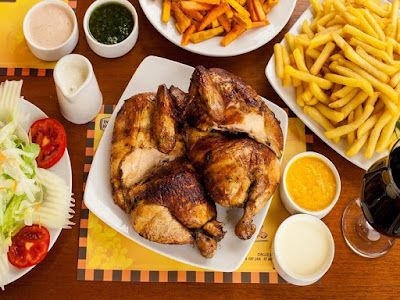Túpac Amaru II the leader of the indigenous rebellion
On May 18th 1781, the leader of the indigenous uprising of 1780 José Gabriel Condorcanqui AKA Túpac Amaru II was put to death however, he may have physically passed on but his image lasted throughout the ages as a symbol for indigenous rights and the struggle for independence.
José Gabriel Condorcanqui Noguera was born in Surimana, Cusco in 1738 he was the son of Miguel Condorcanqui Usquiconsa, of Inca ancestry and his mother Rosa Noguera Valenzuela of Spanish ancestry. In some historical debates Miguel Condorcanqui is said to have been related to Túpac Amaru (1545-1572) making Amaru José Gabriel Condorcanqui’s great-grandfather.
Túpac Amaru is considered the last Sapa Inca and after serving as a puppet for the Spanish he fled to the jungle of the Upper Amazon and created a Neo-Inca State called Vilcabamba from there he launched his rebellion against the Spanish oppressors however, in 1572 the Inca Empire officially collapsed with the defeat and execution of Túpac Amaru.
By 1700s the Spanish had already been ruling Peru for well over 200 years and cruel and unjust laws such as the encomienda system were taking their toll, this system meant that a handful of Spaniards were given land and indigenous people were used as slaves to work the land, treatment was often appalling and barbaric. However, things changed in the 1700s when the encomienda system was phased out under Blasco Núñez Vela, the first viceroy of Peru.
The ending of the encomienda system did not mean things got better for the indigenous people, Spaniards who rejected the ending of the old system decided to enforce other ways of exploitation this came through economic slavery. Heavy taxes imposed on indigenous people meant that they were forced to work the fields in the same appalling conditions, some were worked to death in the mines or in the textile industry. Such heavy taxes meant that the indigenous people were still in a way enslaved while the oppressors gained off their misery.
Not only did rich business men make money off cruel taxes but the Catholic Church which had been enforcing Catholicism on the indigenous people through scare tactics and if the idea of hell did not scare them into the belief system then through torture that would lead to death would. This meant that many indigenous people worked for the church and paid more to the church so it would look like they were good Christians and would not be condemned to hell.
Now José was considered “mestizo” meaning those that come from Spanish and Indigenous parents and due to his mother he received a Jesuit education at the San Francisco de Borja School. He went on to study art at the University of San Marcos, he also learnt Quechua and Latin.
José was given the title of Marquis of Oropesa however, the Betancourt Tupac Amaru clan disputed his claim to Marquis. The Marquis of Oropesa was important whoever claimed it was considered the symbolic head of the Inca nobility. This however, is difficult to explain fully as throughout the ages the Marquis of Oropesa was passed around even by those that did not come from “royal” Inca decent and other self-proclaimed the title of Marquis.
He later gained caciqueship over Pampamarca, Tungasuca and Surimana (caciqueship comes from curaca, a curaca was a governor of a certain area in the Inca Empire) however, he had to answer to the Spanish authorities.
Another important event happened in 1760 when he married Micaela Bastidas Puyucahua, who was of Afro-Indigenous decent and would play an important role later on. They had three children Hipólito (1761), Mariano (1762), and Fernando (1768).
Regardless of José´s education and power over the regions mentioned before he identified with his indigenous roots and with his power he constantly attempted to change how indigenous people were treated but was constantly ridiculed and ignored. Ridicule after ridicule caused José to feel bitter and angry at the Spanish government.
José also liked reading the Royal Commentaries of the Incas, and General History of Peru by Garcilaso de la Vega which was banned in the Vice-royalty of Peru, authorities feared it would lead to rebellion.
The constant abuse and indignation of the indigenous people pushed José over the edge, his rebellion started when he refused to take orders such as tax and debt collection of the indigenous people under his control and the changing of his to Túpac Amaru II. This act of defiance was met with death threats made by the Spanish Governor Antonio de Arriaga.
Antonio de Arriaga was abducted by Túpac and his followers after he left a party drunk, Túpac then enacted the second phase of his plan. He forced Arriaga to write letters to Spaniards and curacas alike within a few days 200 of the respondents arrived only to be surrounded by Túpac and 4000 indigenous rebels.
Túpac released Arriaga’s slave Antonio Oblitas and allowed him to execute his master after several attempts Arriaga was hanged and the rest of the of those that showed up were also executed.
After this he quickly assembled an army of about 2,000 to 6,000 indigenous who had abandoned their positions when they heard that rebellion had started in the region. With this new army Túpac headed to Cusco taking Quispicanchis, Tinta, Cotabambas, Calca, and Chumbivilcas raiding and killing the Spanish who lived there.
Authorities in the City of Cusco sent an army to counteract the incoming force with a squadron of 1,300 soldiers, approximately half of these were loyal indigenous soldiers. On November 18, 1780 the Battle of Sangarará took place, in some accounts it is said that Túpac allowed Criollos (**), women, and children to leave for the surrounding hills. The battle was a huge success for Túpac and his rebels, killing the majority of Spaniards.
(**, Criollos were a social class in the Viceroyalty of Peru, usually they were people born locally with confirmed linage to Europe.)
Throughout it all Micaela Bastidas Puyucahua, wife of Túpac fought alongside him and she was also in charge organizing supplies and recruiting new soldiers.
This battle however, indicated an issue that would bring down the rebellion from within, the issue was that some rebels refused to take orders and acted on their own accord committing acts of atrocities against the Spanish. This made the Criollos turn against the rebels and the idea of independence from Spain and started to support the Spanish in the defeat of the rebels.
With the Criollos rallying against the rebel’s, defeat came quickly for Túpac, one main defeat was the attempt to take Cusco which failed because the city was reinforced by soldiers that came from Lima. Eventually pushed back to the surrounding villages, Túpac continued to fight until he was betrayed by two of his officer’s colonel Ventura Landaeta and captain Francisco Cruz.
With the capture of Túpac authorities attempted to extract information about other rebels from him however, he replied defiantly “There are no accomplices here other than you and I. You as oppressor, I as liberator, deserve to die."
On May 18, 1781 Túpac was condemned to death but before his own death authorities tied him up and he was forced to watch his wife being kicked to death after her execution by hanging failed, his oldest son Hipólito, his uncle Francisco Tupa Amaro, his brother-in-law Antonio Bastidas, and some of his captains were also killed in front of him.
Túpac was then tortured and his tongue cut out, he was then tied to four horses who galloped in four opposite directions but failed to rip his limbs from his body, the Spanish then resorted to decapitation. Túpac was decapitated in the same location as his suspected great-grandfather Túpac Amaru.
This was not the end of the revolt, indigenous people continued to revolt so the Spanish resorted in executing the last of Túpac’s family but spared the youngest son Fernando who was sentence to life prison. The body of Túpac was dismembered and the parts scattered in the areas loyal to him to serve as a warning, all property, land, goods of Túpac were also destroyed.
Túpac Amaru II and his revolt made a huge social change as some indigenous groups especially in Upper Peru (now Bolivia) was inspired by his actions and became a large opposing force against the Spanish however, Peruvian Criollos continued to oppose independence as they feared what the indigenous people would do to them when freed and some Peruvian Criollos had businesses with the Spaniards.
The failure of the rebellion also meant that after 1781 the Spanish enforced laws and regulations that would have an effect that would last till this day. Things such as indigenous clothing, customs, language, dance, songs, free expression, traditions and culture were banned outright with severe punishment such as death for those that broke the new laws. The new dress code meant that indigenous people were made to wear peasant clothing similar to those used by peasants of Europe in the 18th century, they had to speak only Spanish, considering yourself to be “Inca” was illegal and more and more people were forced into church as all other things outside Catholicism was considered pagan.
These changes had an everlasting effect on Andean people with a large majority who feel ashamed of their history, culture and language even today.
Some researchers suggest that the changes are so engrained into the population that it will be very hard to change and pride in such culture is only felt by certain classes and not by general population.
Written by: GringoPerú

















0 comentarios: